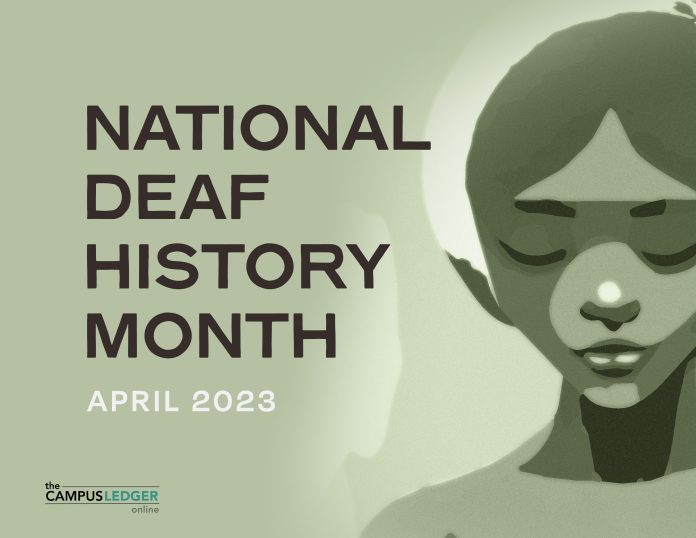Beethoven was one of the most renowned composers, who bestowed Symphony No. 9 before his death.
Thomas Edison was a famous inventor who lit homes with the incandescent light bulb, built the phonograph, and captured living beauty on film with the first motion picture camera.
Both inventors had quite a few things in common.
As a young man of 26 years, Beethoven heard “buzzing noises.” At 31 years of age, he had lost 60% of his ability to hear, and by the age of 46 years, he was completely deaf.
Beethoven had learned how voices and instruments sounded, so he kept on writing music even though he was deaf, and he kept on publicly conducting symphonies.
Thomas Edison was entirely deaf in one ear and hard of hearing in the other ear. Edison considered his deafness as an advantage where he would not be distracted from his work by others who wanted to embrace long conversations with him.
The period beginning on March 13th and ending on April 15th recognizes individuals in the United States who are deaf or hard of hearing.
This celebratory month commemorates people for taking an American Sign Language class, researching National Deaf History, or joining other groups within the deaf community who can encourage, support and promote their concerns and causes according to National Today.
Where did this month-long observance originate from? There are three milestones that were forbearers of this yearly national observance.
The first milestone being, on April 15th, 1817, the American School for the Deaf in West Hartford, Connecticut was established as the first permanent public school for the deaf and hard of hearing.
The second was on April 8th, 1864, when Gallaudet University was founded, with President Abraham Lincoln’s approval of its charter.
And finally, completing the historical progression of deaf history, on March 13th. 1988 with the ‘Deaf President Now’ movement. The DPN movement promoted and succeeded in obtaining an appointment of Dr. I. King Jordan, as the first deaf president of Gallaudet University. Gallaudet University was the “only higher education institution for the deaf and hard-of-hearing students” in the United States of America at that time.
The reason the U.S. celebrates National Deaf History Month is because two deaf employees who worked at the Martin Luther King Jr. Memorial Library in Washington D.C. taught their fellow colleagues sign language. This was an occurrence that prompted the management of the library, specifically Alice Hagemeyer, their deaf librarian, to initiate the first Deaf Awareness Week in 1997.
Hageneyer also originated Friends of Libraries for Deaf Action (FOLDA). In 2006, the American Library Association (ALA) and the National Association of the Deaf (NAD) established their first celebration of Deaf History Month which continues as a month-long annual event. (National Today)
Kimberly A. Kuhns, MA, is a Chair of the JCCC Department of American Sign Language and Deaf Studies. Kuhns is also a JCCC Professor and teaches Introduction to Deaf Community, as well as being deaf herself.
She wanted to share with JCCC students “Olathe [Kansas] is one of the largest deaf communities in the United States.” Kuhns also said, “Olathe has a Museum of Deaf History, Arts and Culture and an Olathe Club for the Deaf.”
She explained “American Sign Language is (exclusively)used in the United States and Canada” and that “other countries have their own (unique) sign language.”
Spring commemorates this month-long observance and prompts participants, to visit the museum, take an ASL class, or engage in the deaf community at large to learn more about their struggles and triumphs.
Sherry Osborn, staff reporter






















